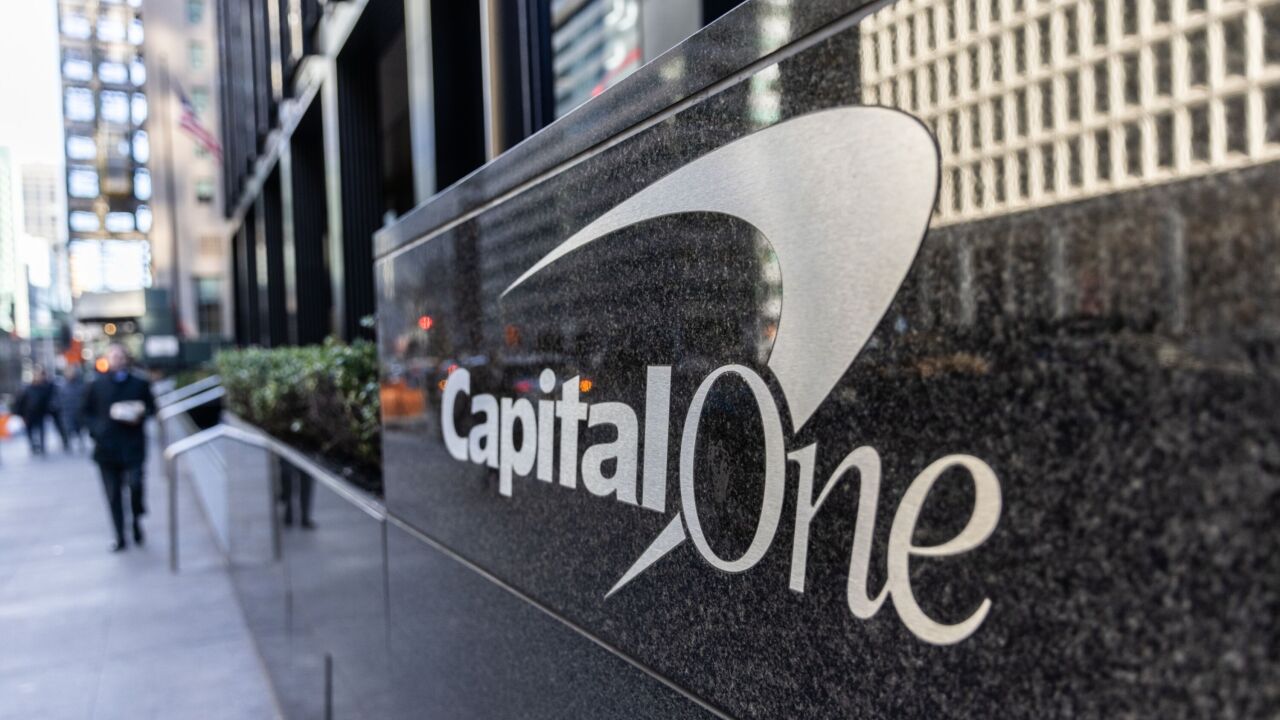Pinterest, the social media app known for its image-based pin boards, is preparing to go public. Pinterest is being led by co-founder, president and CEO Ben Silbermann, who created the company by the name of Cold Brew Labs, Inc. in October 2008 and then later changed the name to Pinterest according to its
Over time, Pinterest has built a powerful e-commerce and payments engine underneath its social network site. This enables any Pinterest post to double as a portal for commerce — one that is especially powerful on mobile.
The company counts 250 million monthly active users on its online and mobile service. It has coined the term “Pinner” for its active users as they will pin images to various digital pin boards that can be shared with others or kept private. Pinterest also reports that 80% of its user traffic comes from mobile devices.










